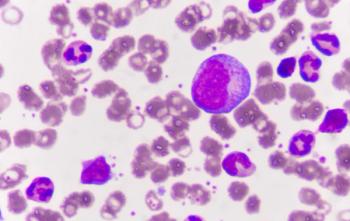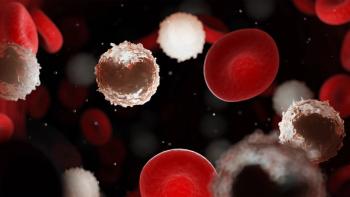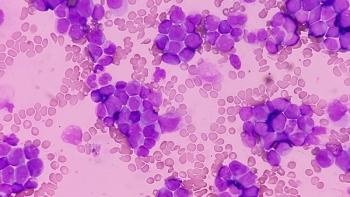
General Practitioners, Nurses Must Stay Up-to-Date With Cancer Trends
As the number of cancer diagnoses continues to increase across the United States it is crucial that primary care providers know when to refer patients to oncology teams.
As the number of cancer diagnoses continues to increase across the United States — due to both improved detection methods and an aging population – it is crucial that primary care providers work with oncology teams, and know when to refer patients there, explained Nabil F. Saba, MD, FACP.
“The role of primary care physicians and general practitioners is really key,” Saba, director of head and neck oncology at the Winship Cancer Institute, said in a recent interview with Oncology Nursing News. “Educating the general practitioners on the signs of symptoms of cancer is also going to be key in allowing the increased detection of cancer by these providers.”
For example, Saba explained, patients who have a sore throat that does not resolve, even after a course of antibiotics, should be referred to a head and neck expert or an otolaryngologist. While this symptom might be obvious to an oncologist or oncology nurse, the patient might not be seen by one unless they are referred by their primary care provider.
“As far as other cancers, go, it’s important for the primary care physician to keep an eye on patients who have symptoms that don’t resolve, specifically patients with a history of smoking or who are current smokers,” Saba said, explaining that they are at a higher risk for developing cancer.
Additionally, all providers — both in the oncology unit and not – should be aware of certain health-related trends that are occurring across the nation. Saba mentioned that the incidence of oropharynx cancer, which is related to human papillomavirus, is on the rise, and has surpassed the incidence of cervical cancer as the leading HPV-related cancer in the United States.
According to Saba, the number of oropharynx cancers will continue to increase, particularly in men over the age of 65.
“Even though we’ve learned over the years that HPV-related cancers tend to involve a younger and healthier segment of the population — which is still true to a certain extent – the projection is that over the next couple of decades, this may not be true,” Saba said. “We need to really be on the lookout and expect this disease to increase in an older segment of the population.”
When it comes to younger populations, particularly women between the age of 18 and 39, the
However, providers must still be vigilant.
“I wish I could limit this to one set of symptoms, but I think the take home message from this is that since the population is aging, and cancer is expected to remain with high incidence in this country, primary care physicians will play a major role in trying to detect these cancers as early as possible,” Saba said.
“Early detection of cancer is paramount to improvement in outcomes. This really applies to the majority of cancers. The earlier you detect the cancer, the earlier you can intervene, and the higher chance of curing the patient.”
Newsletter
Knowledge is power. Don’t miss the most recent breakthroughs in cancer care.
















































































